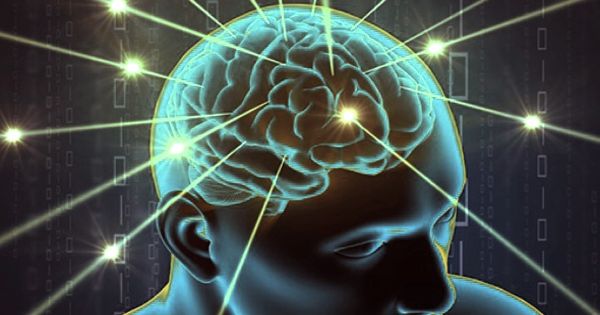Researchers discover a particular Brain Cells dented by Social Isolation during Childhood
Social alienation encountered during adolescence has an effect on the brain activity and actions of adults. After two weeks of social separation immediately the following weaning in male mice, researchers observed that medial prefrontal cortex neurons mapped to the posterior paraventricular thalamus had refused to fire during adult social exposure. The results indicate that the medial prefrontal cortex neurons required for sociability are deeply impaired by social isolation at a young age.
Loneliness is seen as a significant obstacle to mental health. And as our community is rapidly linked across digital media, young people in our culture experience a growing sense of alienation. The COVID-19 pandemic, which has driven many countries to introduce social distances and school closures, exacerbates the need to consider the mental health effects of social alienation and loneliness. Although research has demonstrated that social isolation in adolescence, in particular, is harmful to adult brain development and behavior across mammalian species, the underlying neural network processes have remained poorly understood.
Researchers found that juvenile isolation led to both reduced excitability of the prefrontal neurons projecting to the paraventricular thalamus and increased inhibitory input from other related neurons, suggesting a circuit mechanism underlying sociability deficits caused by juvenile social isolation.
And as our planet is increasingly linked via digital media, more and more young people are increasingly feeling alienated. Although research has demonstrated that social isolation in adolescence, in particular, is harmful to adult brain development and behavior across mammalian species, the underlying neural network processes have remained poorly understood.
The research team at the Icahn School of Medicine in Mount Sinai has now established unique sub-populations of brain cells in the pre-frontal cortex, a central part of the brain that controls social activity is important for normal adult sociability and is highly vulnerable to juvenile social isolation in mice. The results of the research, which appeared in the August 31 issue of Nature Neuroscience, shed light on the previously unrecognized function of these cells known as the medial prefrontal cortex neurons projecting to the paraventricular thalamus, the brain region that transmits signals to different components of the brain reward circuitry. If the result is repeated in humans, it could contribute to care for psychological conditions due to loneliness.
“In addition to identifying this specific circuit in the prefrontal cortex that is particularly vulnerable to social isolation during childhood, we also demonstrated that the vulnerable circuit we identified is a promising target for treatments of social behavior deficits,” says Hirofumi Morishita, MD, Ph.D., Associate Professor of Psychiatry, Neuroscience, and Ophthalmology at the Icahn School of Medicine at Mount Sinai, a faculty member of The Friedman Brain Institute and the Mindich Child Health and Development Institute, and senior author of the paper.
Specifically, the team observed that two weeks of social exclusion immediately after weaning in male mice culminated in a failure to stimulate medial prefrontal cortex neurons projecting to the paraventriculous thalamus during adult social exposure. Researchers found that juvenile isolation led to both reduced excitability of the prefrontal neurons projecting to the paraventricular thalamus and increased inhibitory input from other related neurons, suggesting a circuit mechanism underlying sociability deficits caused by juvenile social isolation.
In order to assess if the acute restoration of the function of the prefrontal thalamus projections is appropriate to enhance the sociability deficits of adult mice suffering juvenile social isolation, the researchers used a procedure known as optogenetics to selectively activate prefrontal thalamus projections. Chemogenetics was also used by the researchers in their study. While optogenetics enables researchers to stimulate particular neurons in freely moving animals with pulses of light, chemogenetics allows non-invasive chemical control over cell populations.
Given that social behavior, deficits are prevalent in multiple neurodevelopmental and psychological conditions such as autism and schizophrenia, the detection of certain particular prefrontal neurons can contribute to clinical goals for modifying social behavior deficits shared throughout a spectrum of psychiatric disorders. The circuits described in this analysis could theoretically be modulated using techniques such as transcranial magnetic stimulation and/or transcranial direct current stimulation.
The findings shed light on the previously unrecognized function of these cells known as the medial prefrontal cortex neurons projecting to the paraventriculous thalamus, the brain region that transmits signals to different components of the brain reward circuitry.














